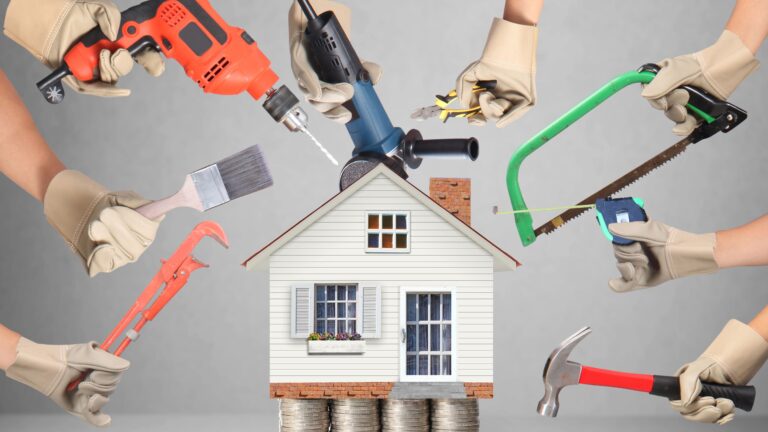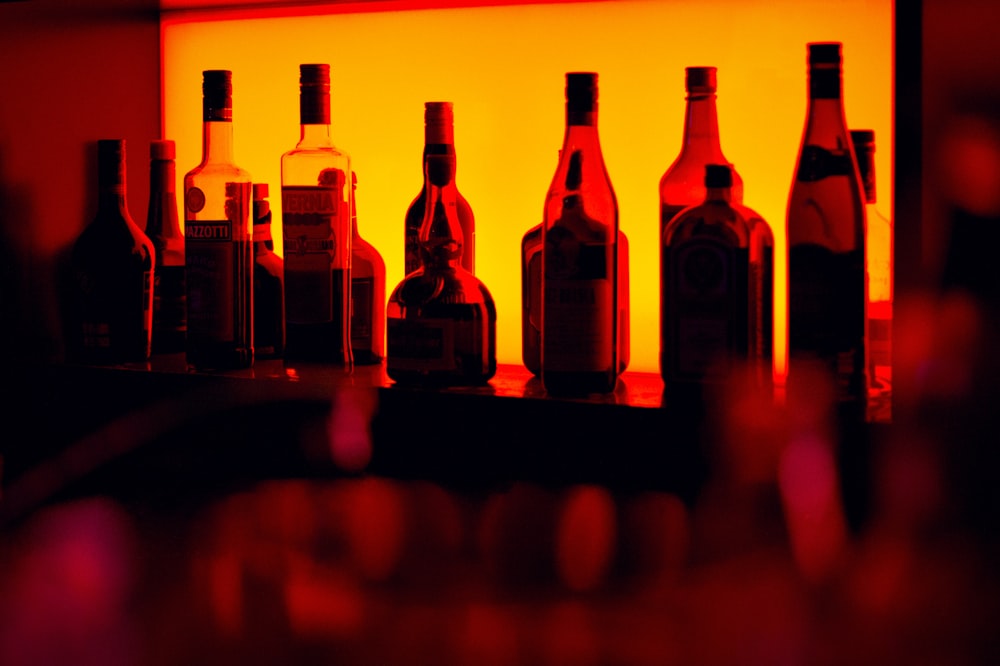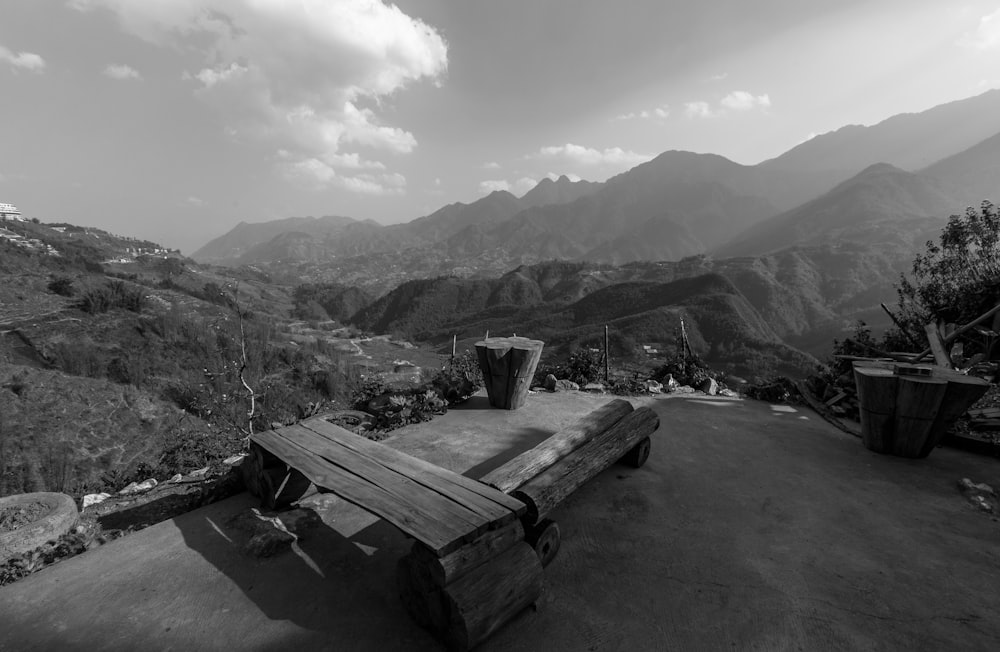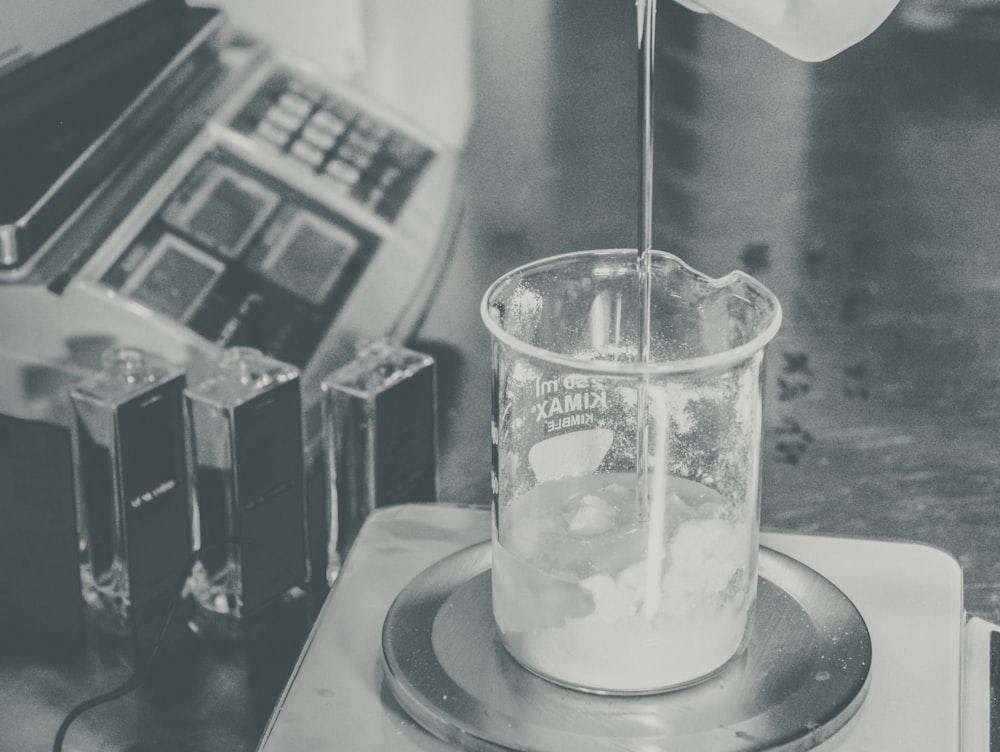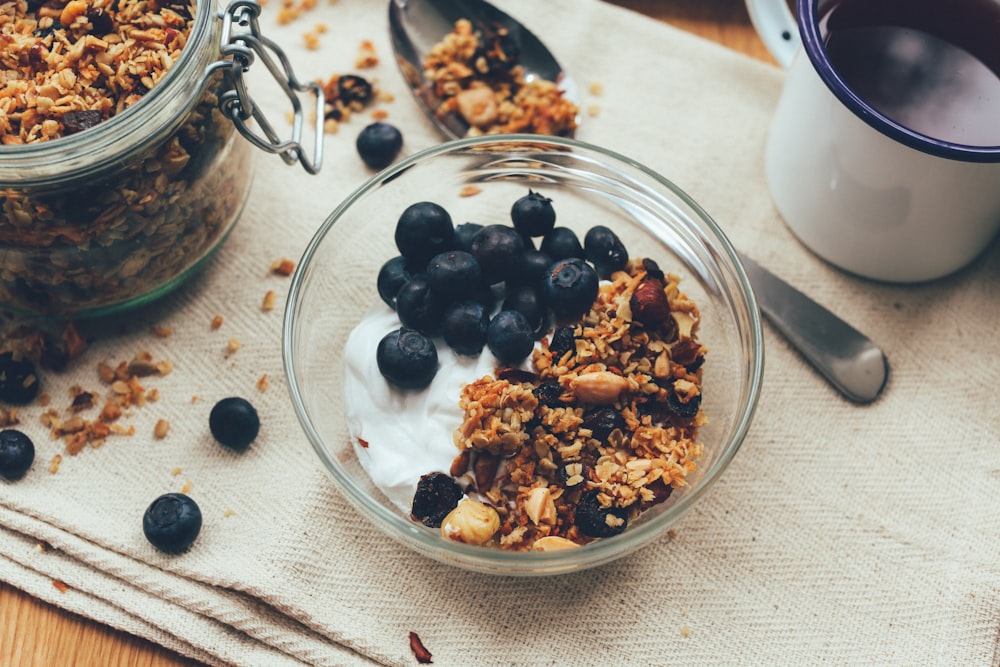Classes of Water Damage
Water damage restoration costs vary depending on the damage that occurred. The process is divided…

Water damage restoration costs vary depending on the damage that occurred. The process is divided into five steps. First, learn about the equipment used to restore damaged properties. And stay safe from the potential health hazards of standing water. Read on to learn more about water damage restoration costs. Now that you know what water damage restoration costs, let’s talk about the steps involved in the process. Let’s begin with an assessment of the damage. What kind of damage has occurred?
The Class of damage determines the cost of water damage restoration
The amount of damage caused by water is classified as a “class” by water restoration professionals. Each class is based on the type of water and its extent. For example, the least expensive damage category is clean water, while the most costly is “black water,” which contains sewage and other toxic debris. A home typically needs water damage restoration after a class 1 or 2 events. However, repair costs are higher if a more extensive flood has caused severe damage.
The cost of water damage restoration services varies from job to job. The average water damage restoration job can cost between $1,000 and $5,000. While no two restorations are alike, there are specific guidelines you can follow to reduce the cost. For example, the cost of clean water extraction may only be $150 for minor damage, while gray water removal costs between $4.10 and $5 per square foot. It may have small amounts of contaminants, resulting in color corruption and health risks.
Five steps of the water damage restoration process
Many homeowners face the challenge of dealing with water damage. When your home is flooded or soaked, water damage restoration should start as soon as possible. This process involves several steps to bring your home back to its pre-damage condition. These steps are outlined below, in order of importance. Read on to learn more about these steps and how you can start the process. First, you should determine what type of water damage you’ve experienced.
The first step of water damage restoration involves removing excess water. The next step is to dry the area and dehumidify it. After these steps, you should clean and wipe the affected areas. Water damage restoration specialists will use specialized equipment to remove any excess water. You should also be aware that the restoration process can be extensive. It may require hiring a team to clean up the affected areas. The process begins by assessing the extent of water damage and the scope of the repairs needed.
Equipment used in the water damage restoration process
There are several different types of water damage restoration equipment. Of course, equipment such as pumps and dehumidifiers is essential for water damage restoration, but what are some of the most commonly used? This equipment may not be immediately apparent, but it can make a big difference in the success of your water damage restoration job. Listed below are some more common items you may encounter in water damage restoration.
A high-volume water pump is an essential piece of water damage restoration equipment. It can remove large amounts of water quickly and efficiently while also minimizing dirt, mud, and other debris from the area. Water Damage specialists typically use high-volume pumps. Water pumps can be the most effective equipment depending on the extent of water damage. Water damage restoration technicians can also utilize water pumps to extract standing water from areas that have been flooded.
Health hazards of standing water
Standing water can have a variety of health hazards, including the presence of bacteria. In addition, as water soaks into the porous materials of a home, it can attract insects, rodents, and even dangerous mold. These insects, rodents, and bacteria can spread disease, so these water hazards are not only unsightly but also dangerous to your health. Here are a few ways to stay safe from the dangers of standing water during water damage restoration.
Stagnant water is a breeding ground for bacteria and parasites, so getting rid of it as soon as possible is essential. Bacteria proliferate in moist environments, so even clean water can become a breeding ground for dangerous parasites and bacteria. Standing water can also attract mosquitoes, high-risk breeders carrying blood-borne diseases like malaria. Therefore, you should immediately remove any standing water from your home or business.


